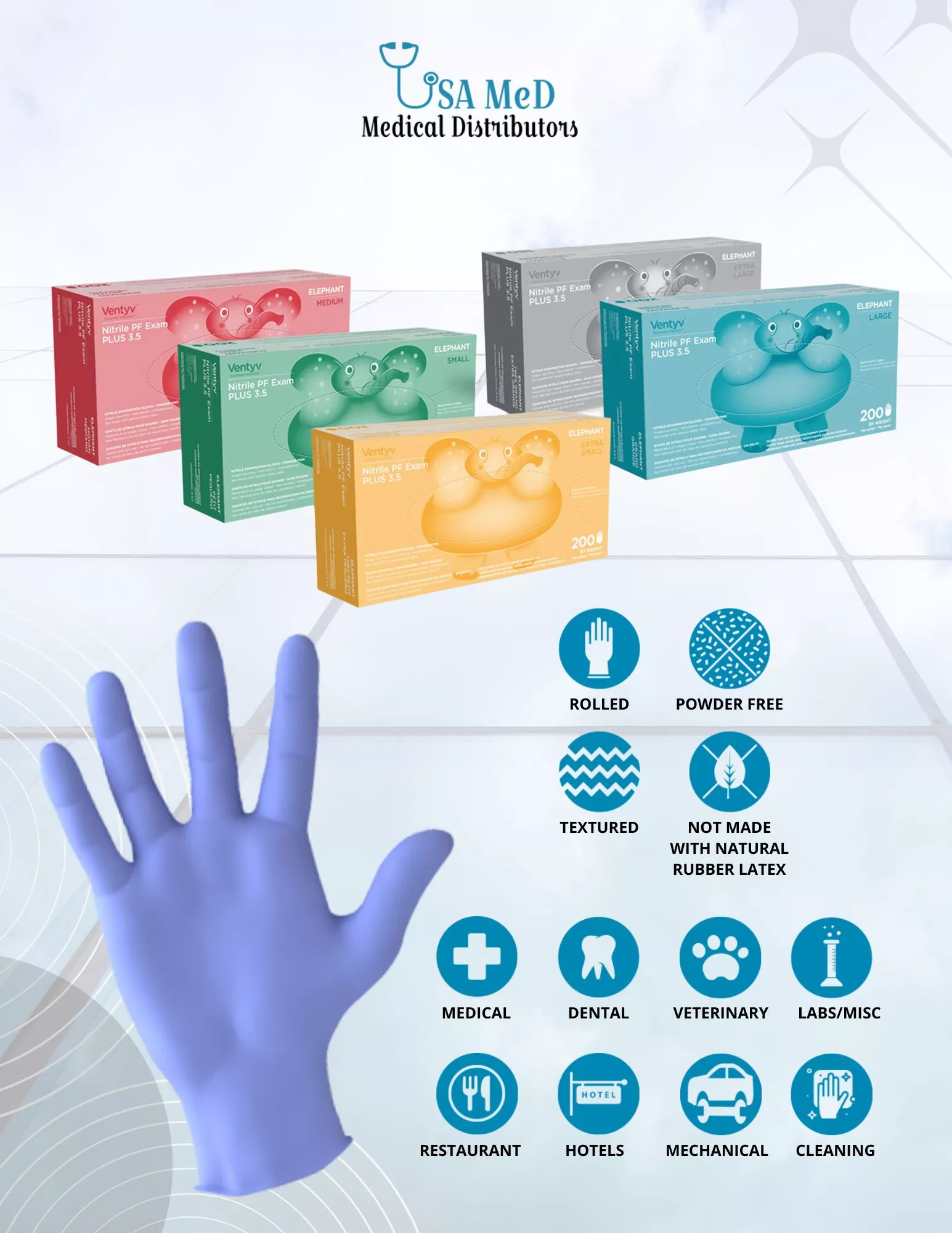
Understanding the Causes and Solutions for Hands Breaking Out from Gloves
Why You Should Care About Hands Breaking Out from Gloves When it comes to personal protective equipment, gloves are often taken for granted. However, the


When it comes to surgical gloves, understanding what are surgical gloves made of is crucial for ensuring safety and efficacy in medical procedures. Surgical gloves come in three primary types: latex, nitrile, and vinyl. Each type has distinct material properties that cater to different needs.
Latex surgical gloves are renowned for their excellent elasticity and comfort. They provide a snug fit, allowing for dexterity during intricate procedures. However, it’s important to note that some individuals may experience latex allergies, which can pose a risk in certain environments.
Nitrile surgical gloves have emerged as a popular alternative due to their robust resistance to punctures and chemicals. They offer an excellent barrier against pathogens while being free from latex proteins, making them suitable for those with sensitivities. Their durability makes them an ideal choice for various surgical applications.
Vinyl surgical gloves are often the most cost-effective option but come with trade-offs in terms of strength and sensitivity. While they are less durable compared to latex or nitrile options, they can be a practical choice for low-risk tasks where high precision is not critical.
The environmental impact of surgical glove production and disposal is a pressing issue that deserves our attention. Surgical gloves, primarily made from materials like latex, nitrile, and vinyl, are essential for maintaining hygiene in healthcare settings. However, the sheer volume of gloves used annually contributes significantly to medical waste. As we strive for sustainability in healthcare, it is crucial to explore alternatives that can mitigate this impact.
Biodegradable glove options are emerging as a viable solution. These gloves are designed to break down more quickly than traditional materials, reducing their long-term footprint on our environment. The transition to biodegradable options poses challenges for healthcare facilities, including cost implications and the requirement for proper disposal methods. Despite these obstacles, adopting biodegradable alternatives is crucial for promoting environmental sustainability in the healthcare industry.
Moreover, recycling surgical gloves presents its own set of difficulties. Contaminated medical waste often cannot be processed through standard recycling channels due to safety concerns. This highlights the urgent need for innovative solutions that not only address the production of these gloves but also their end-of-life management.
In conclusion, understanding the composition and types of surgical gloves—latex, nitrile, and vinyl—is essential for ensuring safety and effectiveness in medical procedures. Each type offers unique benefits tailored to specific needs, from the comfort of latex to the durability of nitrile and the cost-effectiveness of vinyl. However, as we navigate these choices. It is equally important to address the environmental implications associated with glove production and disposal. The rise of biodegradable options presents a promising avenue towards sustainability in healthcare; yet challenges remain regarding costs and proper disposal methods. Ultimately, by prioritizing both patient safety and environmental responsibility, healthcare professionals can make informed decisions that contribute positively to both their practice and our planet’s future.

Why You Should Care About Hands Breaking Out from Gloves When it comes to personal protective equipment, gloves are often taken for granted. However, the

The Pros and Cons of Using Vinyl Gloves for Hair Dyeing When it comes to hair dyeing, one crucial question arises: can you use vinyl

Understanding Latex Allergies: What Causes the Rash? It is important for individuals at risk to have a good understanding of latex allergies. Symptoms of latex

Common Materials Used in Surgical Gloves: A Breakdown When it comes to surgical gloves, understanding what are surgical gloves made of is crucial for ensuring

The Importance of Proper Fit for Nitrile Gloves When it comes to nitrile gloves, the importance of proper fit cannot be overstated. Many users may
Driven by a passion for excellence, our mission is to consistently deliver the highest quality products at the most affordable prices. We aim to exceed customer expectations, creating value and trust.


Phone Number: (239) 266 -1290
Email Addresses:
sales@usamedicaldistributors.com
customercare@usamedicaldistributors.com
Mailing Address :
501 Goodlette, Frank Rd N A105, Naples, FL 34102
Copyright 2022 – 2024. USAMED Medical Distributors. All rights reserved.
Privacy Policy | Return and Refund Policy
| Website by M. Escober